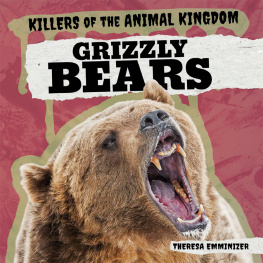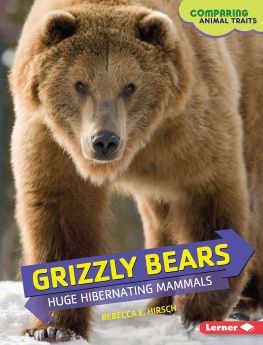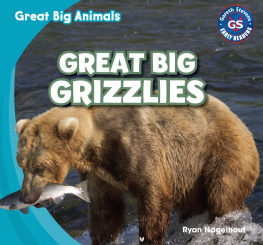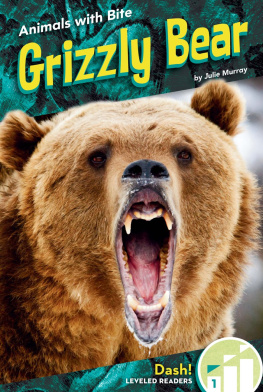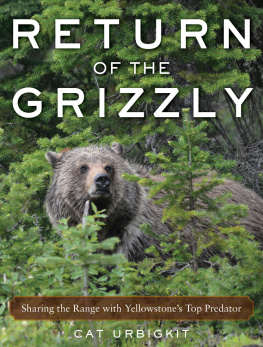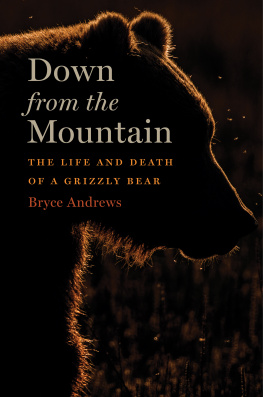

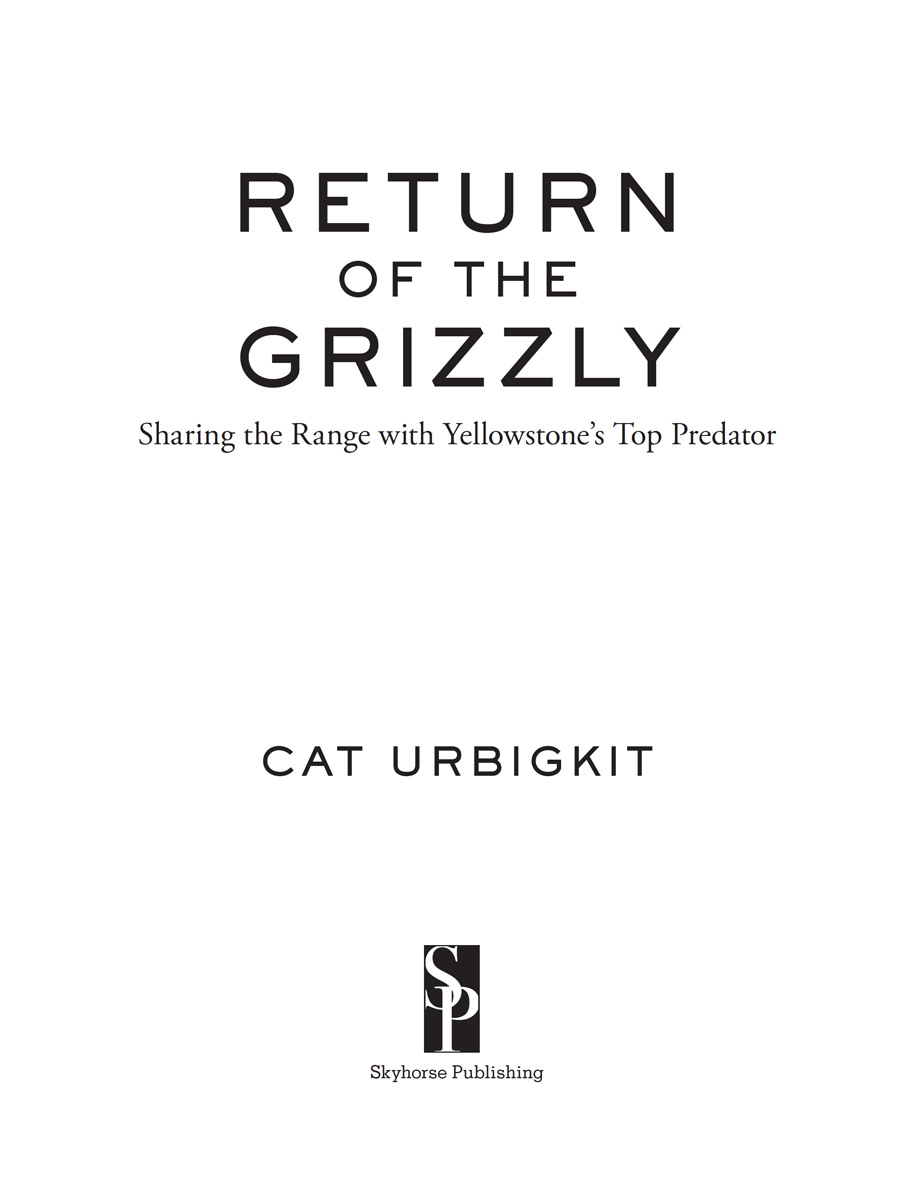
Copyright 2018 by Cat Urbigkit
Interior photography, unless otherwise noted, copyright 2018 by Cat Urbigkit
All rights reserved. No part of this book may be reproduced in any manner without the express written consent of the publisher, except in the case of brief excerpts in critical reviews or articles. All inquiries should be addressed to Skyhorse Publishing, 307 West 36th Street, 11th Floor, New York, NY 10018.
Skyhorse Publishing books may be purchased in bulk at special discounts for sales promotion, corporate gifts, fund-raising, or educational purposes. Special editions can also be created to specifications. For details, contact the Special Sales Department, Skyhorse Publishing, 307 West 36th Street, 11th Floor, New York, NY 10018 or .
Skyhorse and Skyhorse Publishing are registered trademarks of Skyhorse Publishing, Inc., a Delaware corporation.
Visit our website at www.skyhorsepublishing.com.
10 9 8 7 6 5 4 3 2 1
Library of Congress Cataloging-in-Publication Data
Names: Urbigkit, Cat, author.
Title: Return of the grizzly: sharing the range with Yellowstones top predator / Cat Urbigkit.
Description: New York, NY: Skyhorse Publishing, 2018. | Includes bibliographical references.
Identifiers: LCCN 2017038435 | ISBN 9781510727472 (hardcover: alk. paper)
Subjects: LCSH: Grizzly bearEcologyYellowstone National Park Region. | Grizzly bearYellowstone National Park RegionManagement. | Wildlife recoveryYellowstone National Park Region. | Wildlife depredationYellowstone National Park Region. | Human-animal relationshipsYellowstone National Park Region.
Classification: LCC QL737.C27 U73 2018 | DDC 599.78409787/5dc23
LC record available at https://lccn.loc.gov/2017038435
Cover design by Tom Lau
Cover photo credit: Cat Urbigkit
Print ISBN: 978-1-5107-2747-2
Ebook ISBN: 978-1-5107-2748-9
Printed in China

Grizzly bear distribution and confirmed locations outside occupied range in the Yellowstone ecosystem by decade, 1980 to 2010. Maps courtesy of Wyoming Game and Fish Department.



Grizzly bear distribution and confirmed locations outside occupied range in the Yellowstone ecosystem by decade, 1980 to 2010. Maps courtesy of Wyoming Game and Fish Department.
Table of Contents
CHAPTER 1
HUMAN PREY

Yellowstone National Park officials closed the Elephant Back Trail in 2015 after the discovery of human remains.
I t took searchers three hours to locate the mans body. When sixty-three-year-old Lance Crosby failed to show up for his 8 a.m. shift at Lake Medical Clinic in Yellowstone National Park on August 7, 2015, park officials were alerted and emergency response teams swung into action. One search and rescue team embarked via boat to check the lakeshore, while others set out on foot to search three trails popular with seasonal workers staying in the nearby government housing area. One searcher hiked up the steep Elephant Back Trail, soon coming upon a grisly scene just off the path: hiking boots protruding from an animal burial mound located on a forested ridge. The ranger backed away and called for an investigative team to respond to the site while he began clearing the area of other human visitors and posting area closure notices. Crosbys remains were located less than a mile from the housing area, along a popular hiking trail rather than a remote wilderness.
As the investigative team approached the site, they saw an adult bear fleeing the burial mound, and heard the sounds of a bear cub or cubs barking and bawling. The victims body was found in what is called a carnivore burial cache, his remains covered with a mixture of dirt, rocks, grass, and sticks. Caching behavior is typically associated with a large carnivore that covers an animal carcass on which it has fed, and which it intends to return to for further feeding. There are three large carnivores in the Yellowstone region that cache their prey: grizzly bears, black bears, and mountain lions.
Evidence at the scene that hot August day pointed to an adult female grizzly bear with two cubs. An experienced hiker, Lance Crosby had lived and worked in Yellowstone for five seasons, but often hiked alone and without pepper spray to defend himself against an animal attack. Wounds on his body indicated that the victim had fought back but was overtaken by the adult female grizzly that became known to investigators as the Elephant Back female. The mother grizzly and her cubs had partially consumed the mans body at the same location at which he had been killed, probably during the previous afternoon. The bears had rested in daybeds just yards away from the burial cache.
The team collected evidence from the site, and the victims body was flown out by helicopter. The helicopter returned with two bear traps that were set next to the body burial cache. That night, the 260-pound Elephant Back female grizzly was trapped. In the course of the next few nights, her two cubs were trapped as well. Both were cubs of the year, one weighing forty-one pounds and the other fifty-three pounds.
According to the Board of Review Report on the human fatality: Due to the DNA evidence linking the Elephant Back female and her cubs to the body burial cache and the consumption of a portion of the body, they were permanently removed from the wild.
The report explained the critical decision made in removal of these federally protected grizzly bears. It stated:
The primary reason these bears were removed from the wild is the killing and consumption of a human. The objective of removing the adult female grizzly bear and two cubs that were involved in the fatal attack and consumption of Mr. Crosby within hours of his death was to prevent these bears from killing and consuming another human in the future.
The bears werent removed in a retaliatory action for killing a human being, but to prevent these animals from repeating their attacks on another human. They were removed in the interest of human safety.
The adult female grizzly was eventually euthanized and her two cubs were sent to the Toledo Zoo in Ohio, but not before howls of protest over the removal of the bears reverberated around the world.
When news spread that the Elephant Back female had killed a man in Yellowstone National Park, animal advocates raised a rallying cry for this sow grizzly they had nicknamed Blaze because of her unique markings. Blaming the human victim for hiking alone and for not carrying bear spray, bear advocates called for the National Park Service to leave the sow grizzly in place. More than 140,000 signatures were attached to a petition stating: This was a grizzly being a grizzly in grizzly territory. Blaze and her cubs do not deserve to be killed because someone didnt take necessary steps to avoid a confrontation.
Next page

